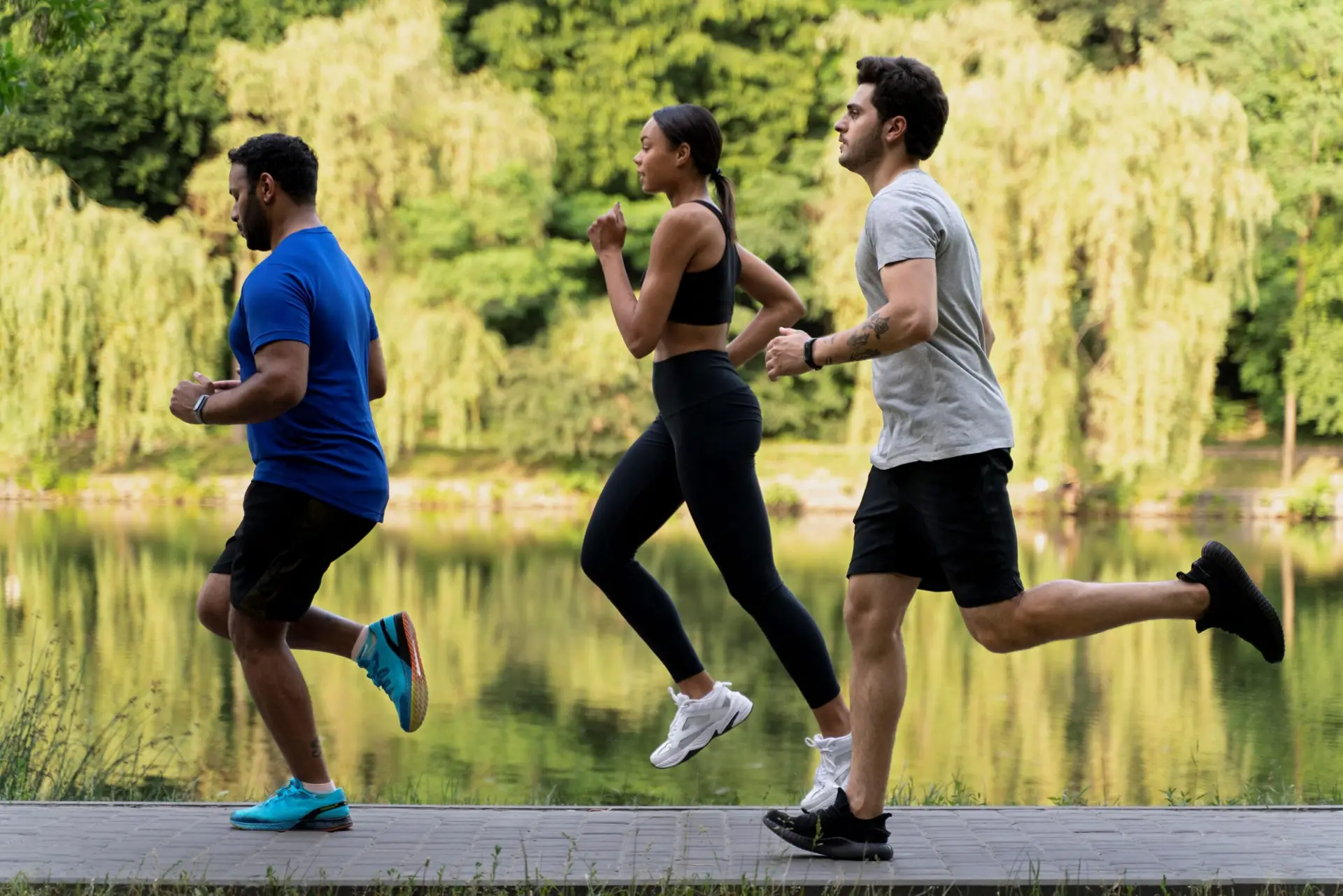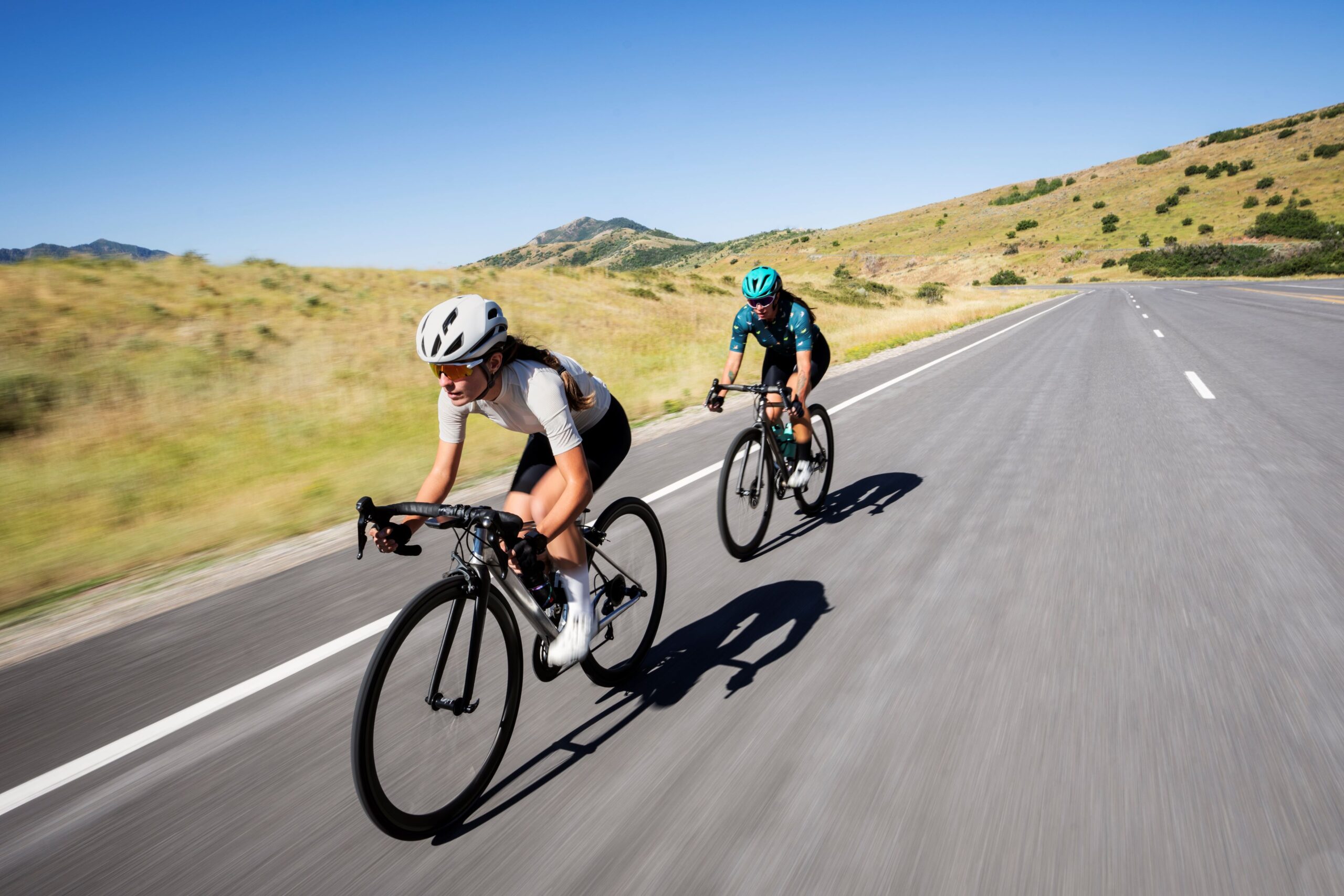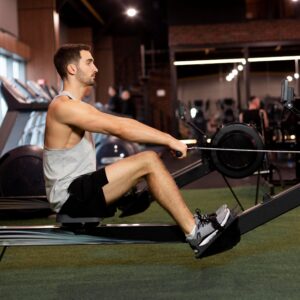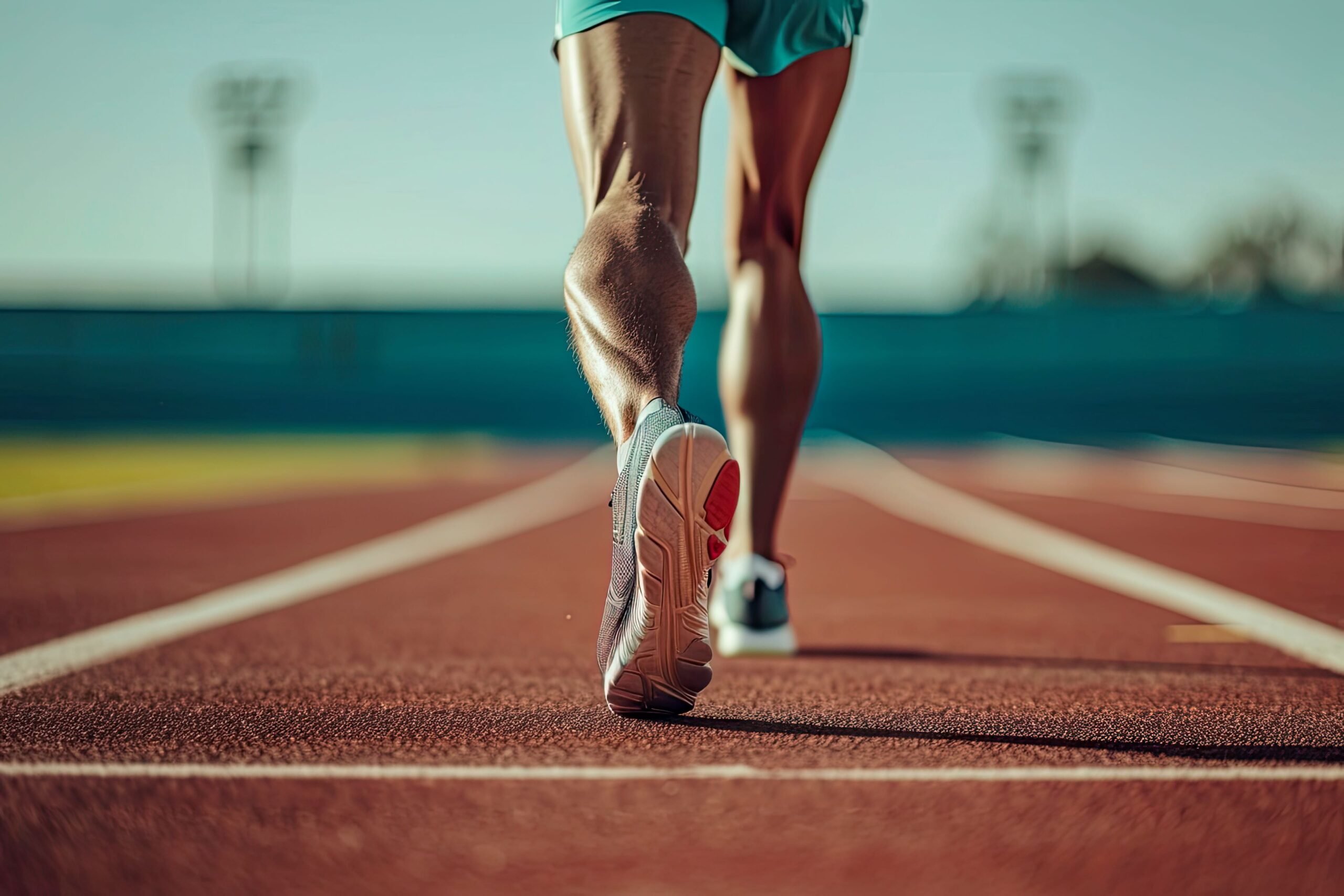Very Effective Calorie-Burning Cardio Exercises Part-1
The article is Part 1 of a series on ways to burn calories, improve cardiovascular health, and boost overall fitness. Here’s a list of the top 10 calorie-burning cardio exercises, including one high-intensity interval training (HIIT) program. The calorie estimates are based on a 185-pound person.

Running
When many people think of an exercise to burn calories, running is often the first thing that comes to mind. Not everyone runs at the same level, and there are different types of running. Examples of running include base runs, long runs, progression runs, interval runs, hill repeats runs, tempo runs, recovery runs, and fartlek runs. In a future article, we will cover the specifics of these runs in more detail; however, below is a basic description of each type.
Types of Runs
Base run: a relatively limited run done at a pace the runner is comfortable with without exerting too much energy. Excellent for building endurance.
Long run: running for a more extended period than all other runs. The runner aims to build endurance and stamina.
Progressive run: the runner begins at a moderate pace, incrementally builds speed momentum, and tops off the run at their fastest pace.
Intervals run: This run switches between lower and higher intensity, returning to lower for recovery before returning to high intensity, and so on. It is an excellent way to improve cardiovascular health and build speed.
Hill repeats run: running at a face pace up a hill, slowly jogging back down for recovery, and repeating for as much as you can handle. Some may choose to walk down the hill, as it is safer. It builds power, strength, and endurance.
Tempo run – running at 60%-70% of capacity or slightly below your pace for racing. This run will improve speed. Runners also experience a lactaid acid burn when the body spends more energy than produced oxygen.
Recovery run: As briefly pointed out in a previous run explanation, a recovery run helps relieve fatigue from a more rigorous running session. The recovery time is designed to reduce stress and return increased blood flow to the muscles.
Fartlek run: I admit I had never heard the name of this running style before. Think of this running style as what we all did naturally as children: unstructured, spontaneous, playful running, walking, sometimes jogging, and playing games while doing it.
Calories Burned: Approximately 355 calories per 30 minutes at a pace of 6 mph [1].
Duration: 30 minutes.
- YouTube Video: Running Tips for Beginners

Cycling
Outdoor cycling is an excellent way to lose weight while enjoying the fresh air and scenic views. This exercise helps burn calories, improves cardiovascular health, builds muscle strength, and enhances mental well-being.
A major benefit of cycling outdoors is the significant caloric expenditure it produces. An average-weight person of 185 lbs. cycling at a moderate pace of 13 mph can burn over 350 calories in 30 minutes. The faster you cycle, the more calories you burn, thereby improving the effectiveness of your weight loss goals.
Because cycling is considered a low-impact exercise, less stress is applied to your joints than other exercises like running. The best part about cycling is that it is fun and accessible for all ages and fitness levels. Furthermore, another significant benefit to cycling is the beautiful hypertrophic sculpting and toning form it creates for the lower body, particularly around the glutes, hamstrings, quads, and calves.
Cycling – HIIT
In addition, the mental health benefits of cycling are off the charts! Studies have shown that outdoor cycling is responsible for relieving symptoms of depression, anxiety, stress reduction, and dopamine release.
Consider routinely incorporating high-intensity interval training (HIIT) to maximize your weight loss efforts while cycling. HIIT is a fitness method that involves switching between efforts of intensifying high energy, like riding faster or cycling hard up a hill to coasting while recovering. As a result, you burn more calories in the shortest amount of time. Try cycling at a very high level for around 30 to 45 seconds, then peddle easy or coast for around 2 or 3 minutes; repeat the pattern between 20 to minutes.
My advice is to hop on your bike ASAP and get going today! Outdoor bicycling is a fantastic way to improve mental and physical health, and before you know it, you’ll have burned hundreds of calories, all from having fun.
Calories Burned: Around 355 calories per 30 minutes at a speed of 12-14 mph [2].
Duration: 30 minutes.
- YouTube Video: Cycling Workout for Weight Loss

Swimming
Swimming is a total-body workout and a favorite weight-loss exercise. Because it’s low-impact, swimming is perfect for all fitness levels. Another benefit is that it is easy on the joints because it engages all muscles to work in synergy rather than isolation.
We like swimming because it’s fun and burns a lot of calories. Like cycling, an average-weight person of 185 lbs. swimming with pace can burn over 350 calories in 30 minutes. Furthermore, water resistance while swimming builds endurance, strength, and sculps and tones muscles, lowering body fat.
The rhythmic nature of swimming creates a regulated breathing flow that improves cardiovascular endurance and lung capacity and limits the effects of heart disease. Hence, swimming is an ideal cardiovascular exercise for burning calories.
Many swimming methods include freestyle, breaststroke, backstroke, and butterfly. Approaching swimming in various ways will help alleviate monotony and facilitate a well-rounded aquatic workout program.
Swimming – HIIT
We have previously discussed high-intensity interval training (HIIT), and swimming offers the opportunity. With swimming, you will alternate between periods of intense effort and recovery by swimming harder and faster and slowing down or treading before continuing at a fast pace. Repeat the cycle until ready to leave the pool or return to shore in deeper water. HIIT swimming is ideal for increasing metabolism and burning calories.
Like the other cardio activities, swimming positively impacts mental health. Water is shown to have soothing properties and reduce stress and anxiety. Thus, rhythmically moving through the water helps to promote a sense of well-being and, as a result, feels enjoyable.
If you don’t know how to swim, we recommend finding a swim coach in your area and taking full advantage of those lessons. Learning to swim is never too late, and you won’t regret it. Swimming is an ideal calorie burner, physically low-impact, and among the best exercises for physical and mental health.
Calories Burned: Approximately 355 calories per 30 minutes of vigorous swimming [3].
Duration: 30 minutes.
- YouTube Video: Swimming Techniques for Beginners


Rowing
An easily overlooked cardio exercise is rowing. Rowing is as effective for weight loss as other cardiovascular exercises on this list. Firstly, it is very gentle on the joints because it comprehensively engages muscles. Secondly, it is inviting to all fitness levels and is often used therapeutically for those with various injuries and joint issues. Thirdly, rowing burns a significant number of calories. A 185 lbs. person can expect to lose around 300 calories moving at 60%-80% of full capacity for 30 minutes.
An easily overlooked cardio exercise is rowing. Rowing is as effective for weight loss as other cardiovascular exercises on this list. Firstly, it is very gentle on the joints because it comprehensively engages muscles. Secondly, it is inviting to all fitness levels and is often used therapeutically for those with various injuries and joint issues. Thirdly, rowing burns a significant number of calories. A 185 lbs. person can expect to lose around 300 calories moving at 60%-80% of full capacity for 30 minutes.
Rowing – HIIT
Areas one can expect to build muscularly from rowing are the core, back, and legs. In addition, consistent, rigorous rowing sessions will significantly reduce body fat. With rowing, you can also perform high-intensity interval training (HIIT), and it is an excellent tool for improving cardiovascular output, building endurance, and building muscle.
Calories Burned: About 311 calories per 30 minutes of vigorous rowing [4].
Duration: 30 minutes.
- YouTube Video: Rowing Machine Workout

Jumping Rope
Jumping rope is another exercise many of us did as kids but probably rarely revisited it by the time we reached the 8th grade. That was the way it was for me. I tried jumping rope recently, and needless to say, I wasn’t terrific. But with enough practice and consistency, I might be able to do it well enough to call it a practical exercise. I’m joking. Although I may never get good at it, jumping rope, albeit poorly a few times a week, will surely burn 250-300 calories each session. Moreover, the American Heart Association touts jumping rope as a premier cardiovascular fitness activity.
Another huge benefit ripe jumping provides is aerobic metabolism, which is the body’s use of a combination of fats, carbs, and amino acids as immediate energy sources. As you jump polymetrically, more synergized muscles are required to pump oxygen through the heart to help fuel the activity. Practicing jumping rope is an excellent way to improve cardiovascular output, stability as well as endurance,
Calories Burned: Approximately 444 calories per 30 minutes.
Duration: 30 minutes.
- YouTube Video: Jump Rope Workout
Before starting any new health and fitness program or taking supplements, it’s crucial to consult with your healthcare professional. They can provide personalized advice based on your medical history and current health status, ensuring your new regimen is safe and effective. This step helps prevent potential health risks and ensures that any changes you make are beneficial and sustainable in the long run. Your healthcare professional is your best resource for making informed decisions about your health and wellness journey.



